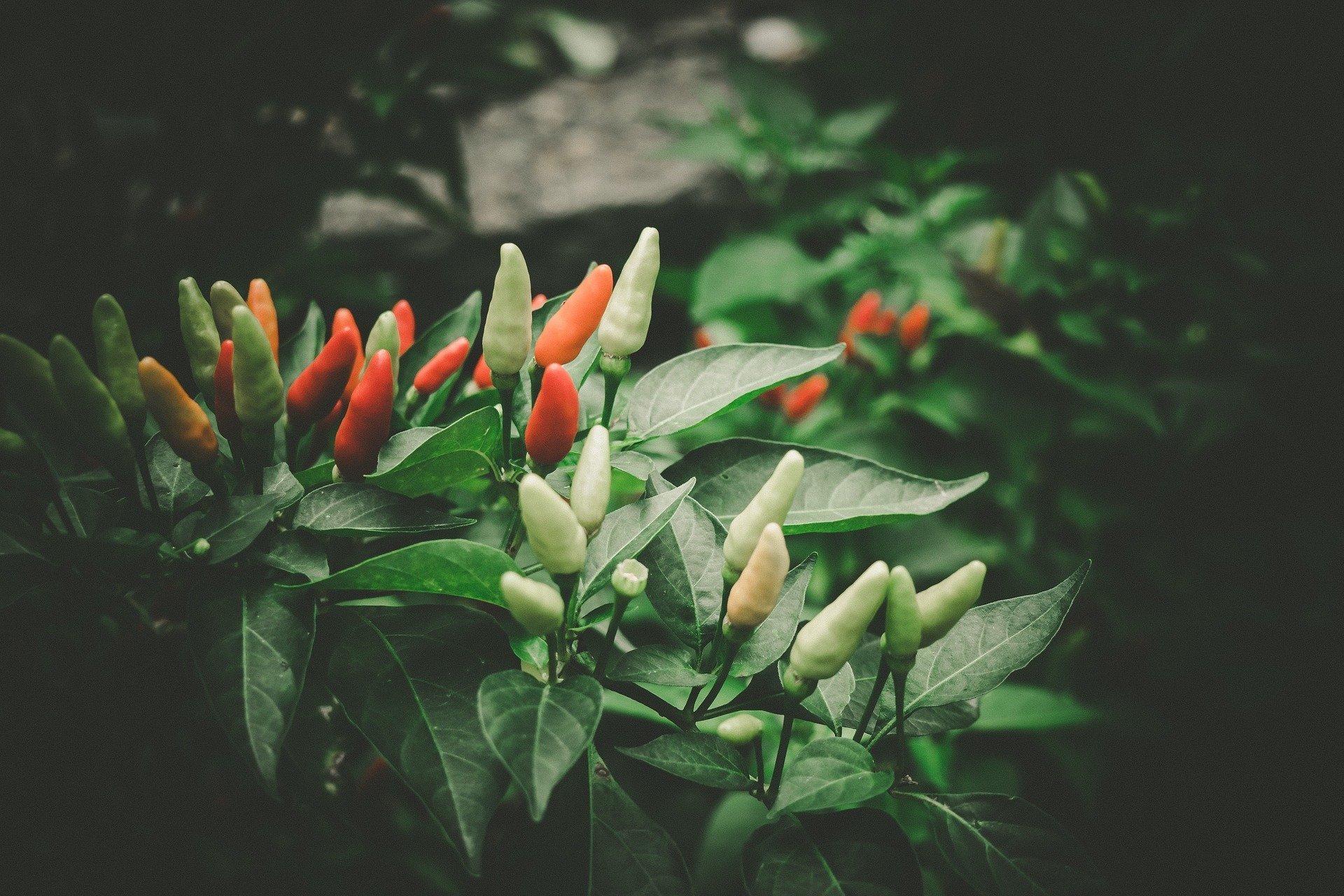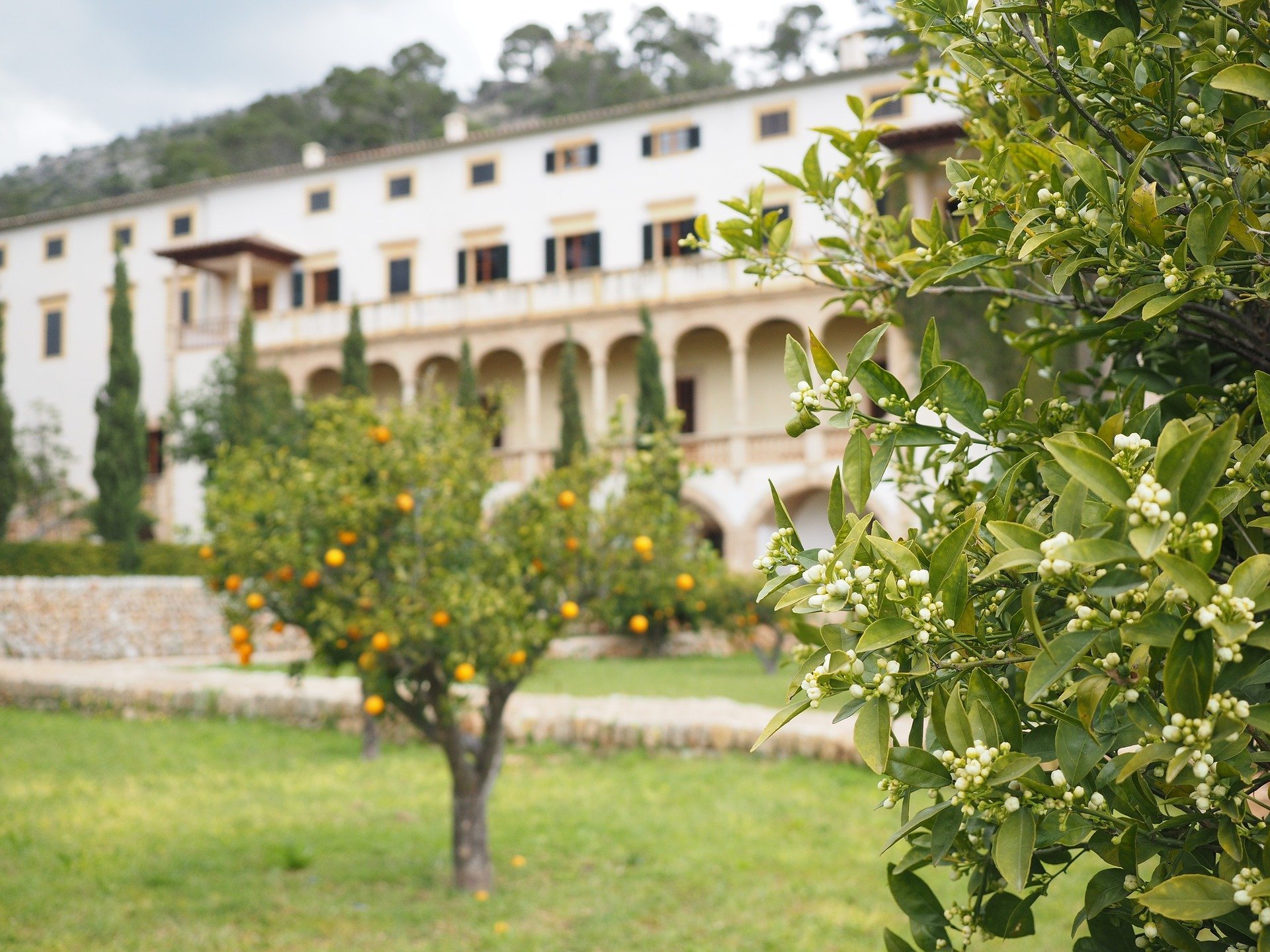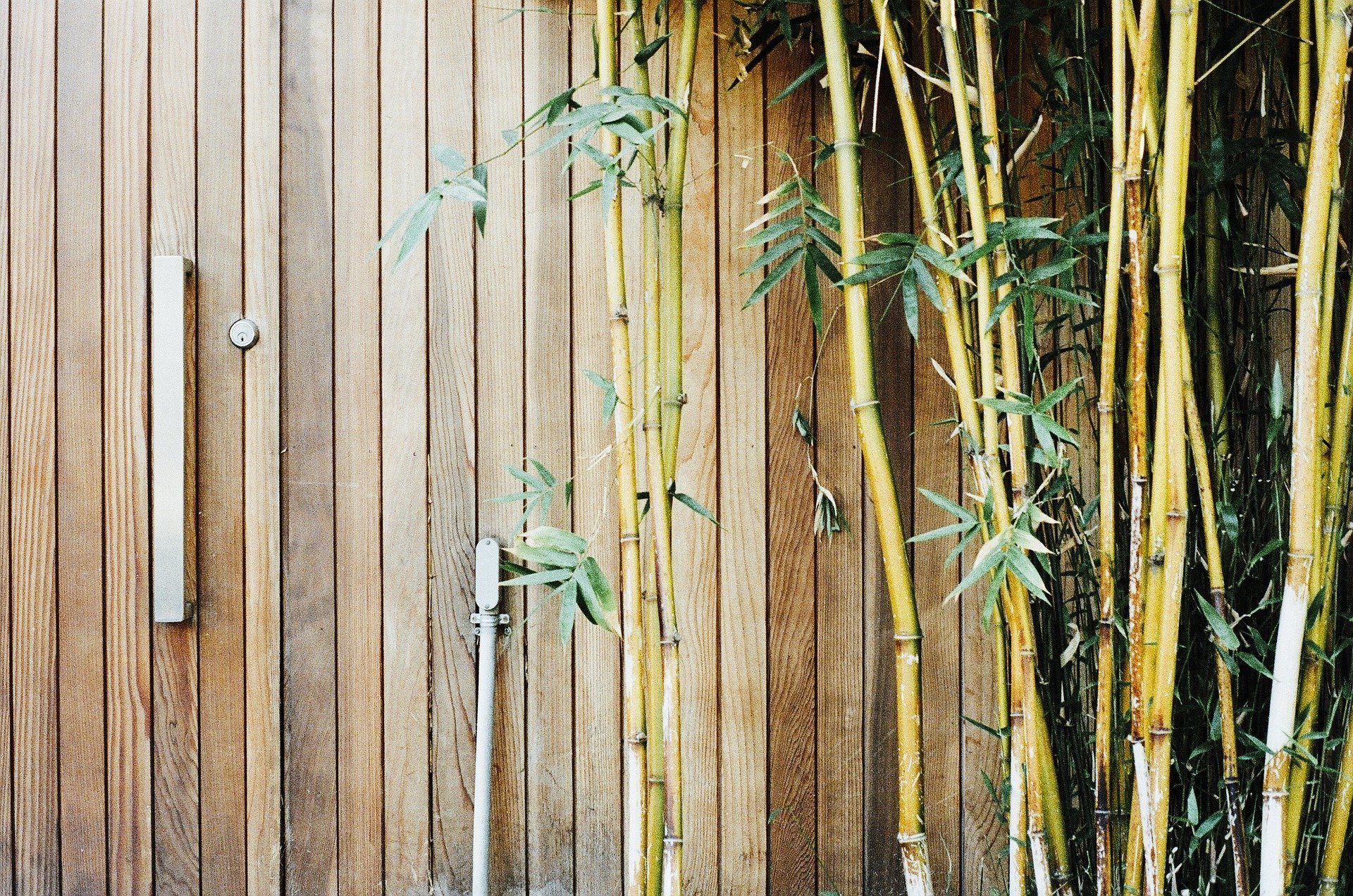The days are slowly getting shorter again and winter is on the way. But what happens to your plants outside on the balcony? Which plants do you have to protect from the frost and what exactly do you have to consider? In the following article we will show you what exactly you need to pay attention to and how you can easily overwinter your beloved plants.
Why do you have to overwinter some plants?
Since some plants come from rather warm regions, they are not used to a cold winter and need to be protected from the frost.

The best places to hibernate
Evergreen plants such as citrus plants and oleanders keep their leaves over the winter and should therefore not be too dark even during the winter. In order to support the dormant phase of the plants, lower temperatures than in the summer months are appropriate. Ideal temperatures for these plants are between 5 and 10°C.
If the temperatures are too high, this leads to an imbalance. The plants stimulate the metabolism, while it is slowed down by the lack of light. So-called vergeiling can occur, the plants form long, thin shoots with small leaves.
The best place to let evergreen plants hibernate would therefore be in a cool conservatory. Rather a dark, cool place for plants that lose their leaves.
Chili and hot pepper plants overwinter
You can easily leave chili plants over the winter with you. The peculiarity of these plants is that they bring less yield per year. If you still want to keep your beloved chili for several years, we have put together a few tips for you here.
The best place
As soon as the temperatures drop below 10°C, you should bring your chilli plants inside. It needs to be placed in a cool and light place with a temperature of 10-15°C. A cool conservatory or a bright, cool room in your apartment is best suited.
The right preparation
Before you bring your chilli plants indoors, the soil should be as dry as possible. If the soil is not dry enough, your chili may start to rot. Your plant loses its leaves over the winter months, you can cut them back so that they have more power for their new shoots in spring.
The right care over the winter
The soil must never be wet over the winter, rather dry to moist. Your chili does not need to be fertilized during the winter. In the spring you can repot your plant so that it recovers quickly from the winter and can form new roots.
Tip: Aphids and whiteflies are also active in winter. Try to isolate your chili from other plants to reduce the risk of infection.

Overwinter citrus plants
Citrus plants are known to love the sun and warmth, but what about in winter? What can you do to ensure that your plants are preserved for the next year? Overwintering citrus plants made easy.
The best place
To let your plants overwinter, a bright, slightly cool location would be appropriate. If your plant loses all its leaves, this is often a sign that the location is too warm and too dark for it. The temperature in a bright location is ideally between 10 and 15° C.
You can not only hibernate your plant in bright, warm places, but also in dark, cool places. The room should be cool but frost-free, dark but still allow some light to shine through. If you want to overwinter your plant in a cool place, temperatures between 5 and 10°C are ideal.It is also important that the roots do not get too cold during the winter months. You can protect the roots by wrapping coconut mats around the pot of your plant. This is how you guarantee that your plants overwinter optimally.
The right preparation
It is not necessary to cut back the plant. However, you can cut them if you want to give your citrus plant a nice shape. But be careful not to cut off too much, otherwise your plant will produce fewer flowers later.
The right care over the winter
During the winter months, your citrus plant needs very little water. Only water your plant when the soil has dried slightly.
Tip: At the beginning of the year, the sun's rays become stronger again, but it's still too cold to put your citrus plant outside. Therefore, ensure that the dark rooms are adequately ventilated, otherwise the soil of your plant may start to mould.

Overwinter pepper plants
Basically, overwintering your peppers is not difficult. You should ensure proper location and care during the winter months.
The best place
A bright but cool location is the perfect place to overwinter your plant. However, make sure that there is no draft in your room, as this can damage your peppers. The optimum temperature is around 10°C, so your peppers can even continue to bear fruit.
The right preparation
Before wintering, you must check your pepper plant for pests. If you already drag spider mites or aphids into your apartment, they can multiply rapidly and also infest your other plants.
The right care over the winter
During the cold months, your peppers need very little water and no fertilizer. From February you can cut back the first branches or knots and your peppers should be repotted in a larger container. If you would like to learn more about repotting, have a look here.
Tip: Regularly spray the top and bottom of the leaves with distilled water so your peppers don't suffer from the dry air from the heating.
Overwintering physalis plants
Physalis is usually perennial and can grow up to 10 years old. The advantage of overwintering your physalis, it will bear fruit faster next year.
The best place
Since the physalis does not tolerate frost either, you should place it in a bright location with temperatures between 10 and 15°C.
The right preparation
The most important thing to hibernate your plant is the preparation. Give your Physalis plant a little less water in September/October. You can't fertilize them after September either. Harvest all ripe fruits and cut back your physalis by one to two thirds.
The right care over the winter
You should avoid completely drying out the soil, otherwise pests can quickly infest your physalis. Water them moderately and don't fertilize them. But be careful if the soil is too moist, it can lead to mold.
Tip: Alternatively, you can cut cuttings from your physalis and overwinter them as young plants. To do this, at the beginning of November you cut off head and shoot cuttings that are ten centimeters long and have five to seven leaves. You plant these cuttings in pots and after 3 weeks they will form roots.
Overwinter tub plants
As you've learned before, plants have different winter needs. Some plants can be left outside with a little help.
The best place
Not everyone can take the cold. However, if you have plants that can stay outside during the winter, such as bamboo, you need to protect the roots outside. If you tie the plants tightly together and place them close to the wall of the house, they are less exposed to the weather and therefore better protected.
Evergreen species, such as oleanders, should be in a bright location. Plants that lose their leaves during the cold season can also be placed in the dark, e.g. in the basement.
The right preparation
Insulate your potted plant from below, it is best to place it on a styrofoam plate. You can wrap the vessel itself with jute, reed, fleece or bubble wrap so that not too much cold gets through.
The right care over the winter
The soil must never dry out completely, but it must not be too wet either. You don't have to use fertilizer during the winter.

Planting over the winter is too exhausting for you and you would rather have plants that are green all year round?
.


















Leave a comment